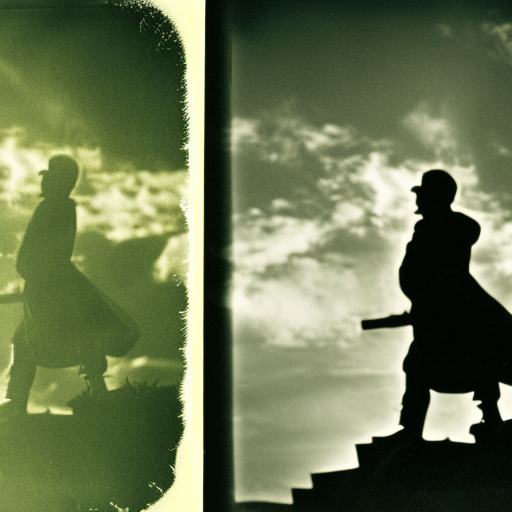Peter the Great: A Transformational Ruler of Russia
Peter the Great, also known as Peter I, was a transformative ruler who played a crucial role in modernizing Russia and expanding its influence on the world stage. Born in 1672, Peter ascended to the throne in 1682 at the age of 10, but it was not until 1696 that he assumed full control as the sole ruler of Russia. Over the course of his reign, which lasted until his death in 1725, Peter implemented a series of reforms that would shape Russia into a major European power.
Westernization and Modernization
One of Peter’s most significant achievements was his commitment to modernizing Russia and bringing it closer to Western Europe. Recognizing the technological and cultural advancements of the West, Peter embarked on a series of reforms aimed at transforming Russia into a more modern and progressive state. He introduced Western-style education, established the first Russian newspaper, and encouraged the adoption of Western fashion and customs. Peter also sought to improve Russia’s military capabilities by modernizing the army and navy, importing Western weapons and technology, and establishing a standing army.
The Founding of St. Petersburg
In his quest to modernize Russia, Peter initiated the construction of a new capital city, St. Petersburg, in 1703. Located on the Baltic Sea, the city was strategically positioned to facilitate trade and establish a stronger presence in Europe. Peter envisioned St. Petersburg as a window to the West and a symbol of Russia’s transformation. The construction of the city was an enormous undertaking, involving the forced labor of thousands of serfs and the draining of marshlands. Despite the immense challenges, St. Petersburg quickly grew into a vibrant cultural and political center, showcasing Peter’s vision of a modern Russia.
Expansion and Conflict
Peter was also a skilled military strategist and expanded Russia’s territory through a series of successful military campaigns. He waged wars against Sweden, Poland, and the Ottoman Empire, securing significant territorial gains for Russia. The Great Northern War (1700-1721) against Sweden was particularly significant, resulting in Russia gaining access to the Baltic Sea and establishing itself as a major European power. Peter’s military victories not only expanded Russia’s borders but also allowed for the establishment of a more efficient administrative system, further consolidating his power.
Social and Cultural Reforms
In addition to his efforts to modernize Russia politically and militarily, Peter implemented social and cultural reforms that aimed to transform Russian society. He introduced a series of reforms targeting the nobility, clergy, and bureaucracy, aiming to centralize power and reduce their influence. Peter also sought to modernize the Orthodox Church, introducing the Holy Synod to replace the patriarchate and bringing the church under state control. These reforms, though met with resistance from traditionalists, helped to strengthen the power of the state and promote a more secular and centralized society.
Legacy
Peter the Great’s reign had a lasting impact on Russia and its trajectory as a global power. His reforms laid the foundation for Russia’s transformation into a modern state, setting the stage for the country’s future growth and development. Peter’s emphasis on education, industry, and military strength propelled Russia onto the world stage, positioning it as a major player in European politics. His creation of St. Petersburg as a cultural and political center continues to shape Russia’s identity to this day. Peter’s legacy as a transformative ruler is undeniable, as his reforms and vision for a modern Russia left an indelible mark on the country’s history.












